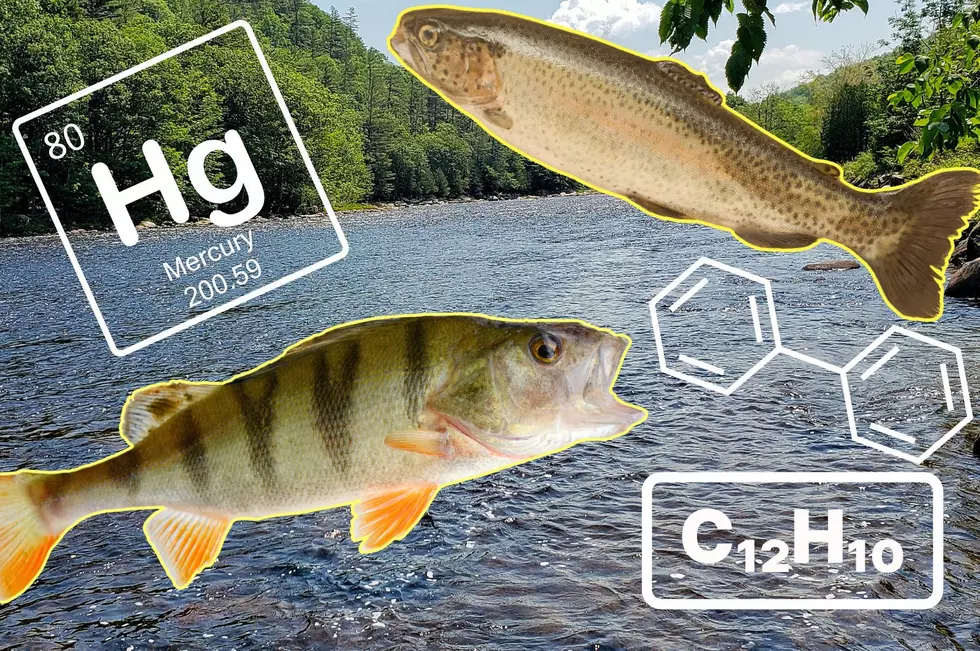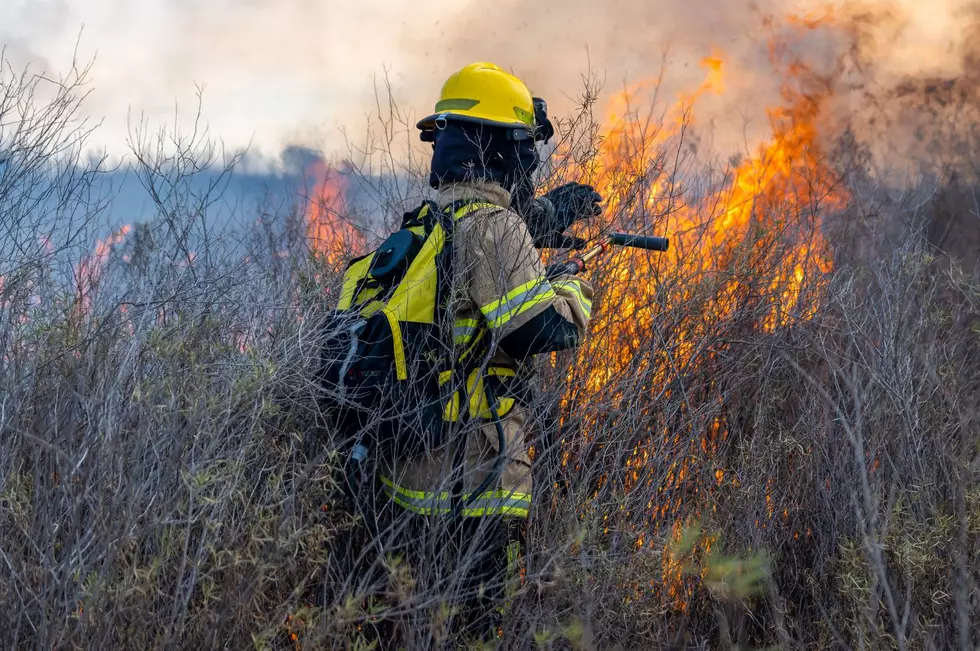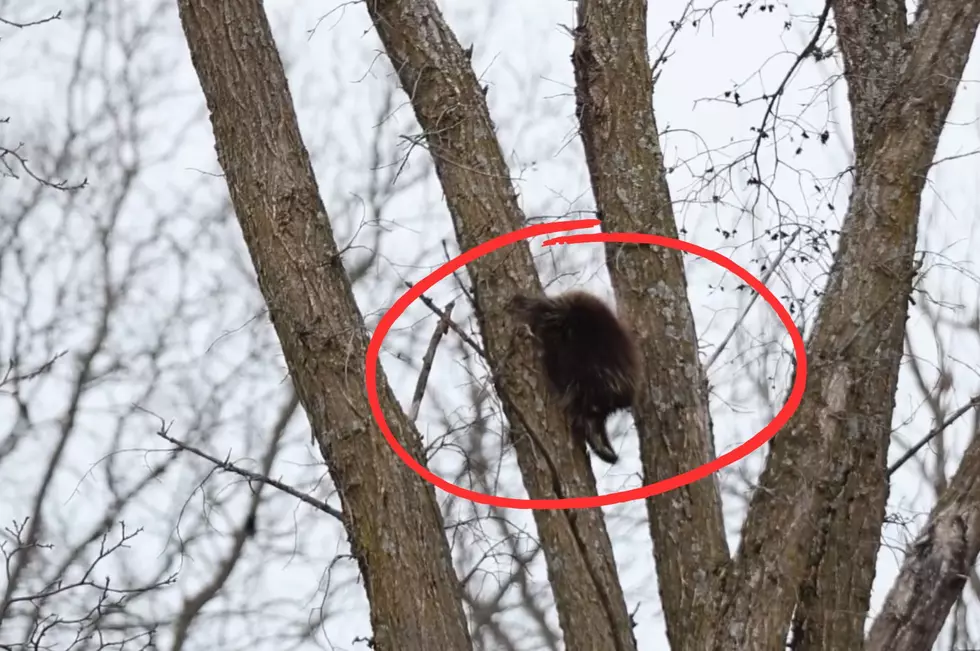
Surprising: Why New York Falcons Are Nesting In ‘Litter Boxes’
The fastest predator in the world, the peregrine falcon, has once again returned to nest on Hudson Valley, NY bridges. But why does it look like they're laying eggs in a giant litter box?
These lightning-quick falcons, which can reach diving speeds of 200 miles per-hour, can be found nesting on every major bridge in the Hudson Valley. The bird boxes high above the Hudson River were installed by the New York State Bridge Authority (NYSBA)… and there's a very special reason why they look nothing like a traditional nest.
Peregrine Falcon Populations in New York State
60 years ago, there were no peregrine falcons in New York. Pesticides like DDE drastically affected their populations, and it wasn't until a dedicated program was put in place by state authorities that the impressive bird finally began nesting again in the state. One extra factor that affected their numbers were how peregrine falcons constructed a nest.
Why New York Peregrine Falcon Nests Are Different
Unlike most other birds, peregrine falcons don't build traditional nests. While bald eagles, for example, construct massive nests that can be nearly eight feet deep and six feet wide, peregrine falcons usually do nothing more than scratching a small indent in a cliff face, or simply laying their eggs on bridge girders or skyscraper ledges. Unfortunately, this can spell disaster for their eggs.
Why New York Peregrine Falcon Boxes Have Gravel Bottoms
When eggs are precariously balanced, they run a much higher risk of damage or destruction. The boxes installed on Hudson Valley bridges, however, have gravel bottoms and protective walls to give a much safer home for the next generation of falcons. With eggs safely nestled in a "litter box", they run little risk or rolling and falling into the river below.

Soon the new falcon eggs will hatch, and the falcon chicks, called eyases, will be banded so the New York State Department of Environmental Conservation (NYSDEC) can continue to their mission of reintroducing one of the most impressive animals in the world to New York State. Check out some more fascinating local birds below.
Photos: Massive Eagles Fight Over Fish on the Hudson
Gallery Credit: Jonah
Stunning Photos Capture Falcon Tearing into Another Bird Along Hudson
More From WRRV-WRRB









